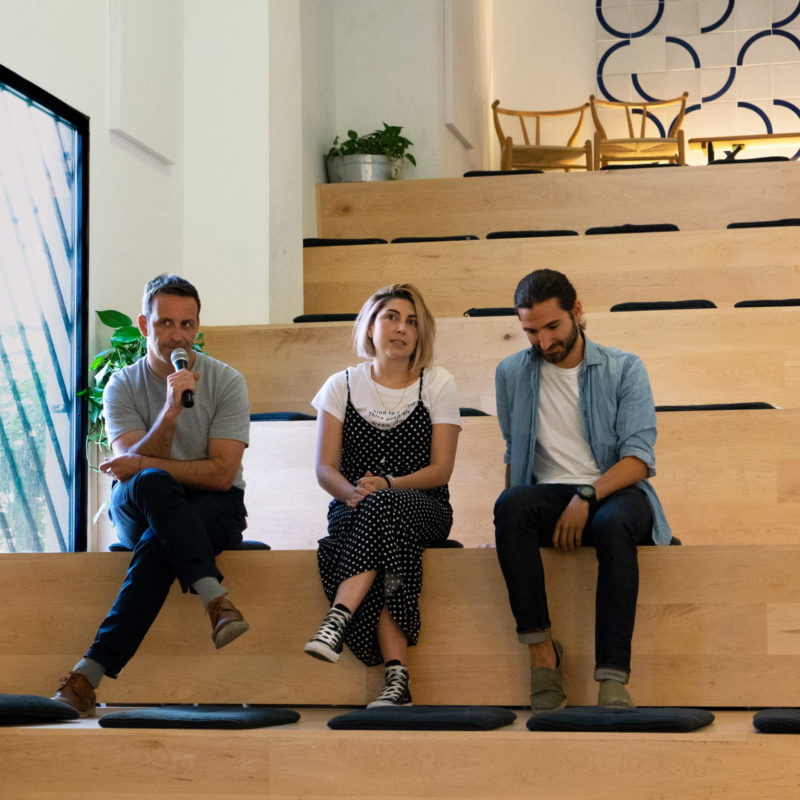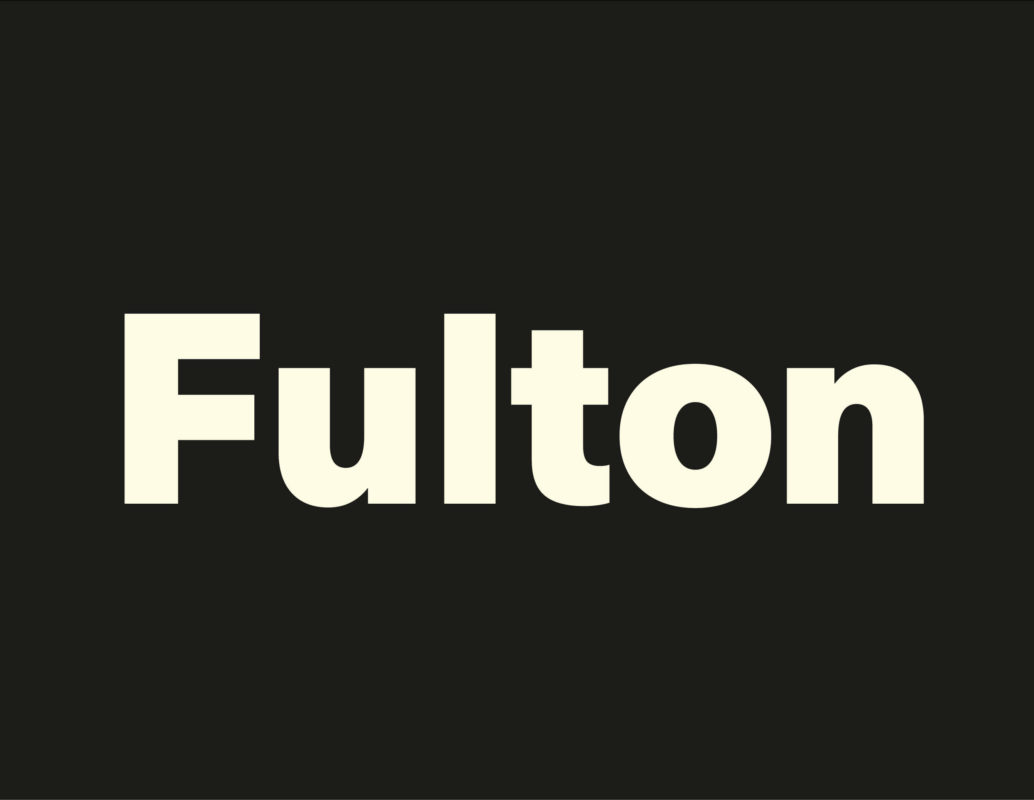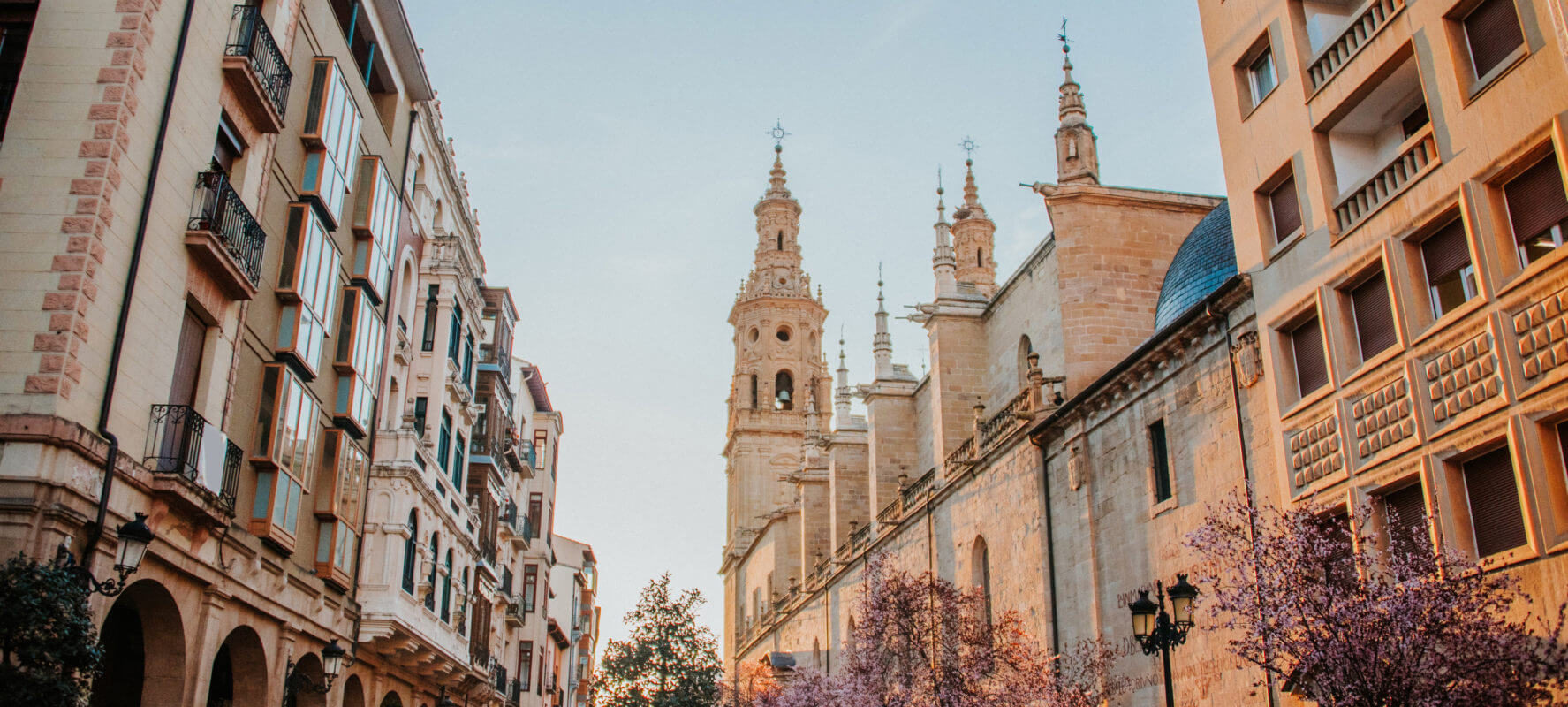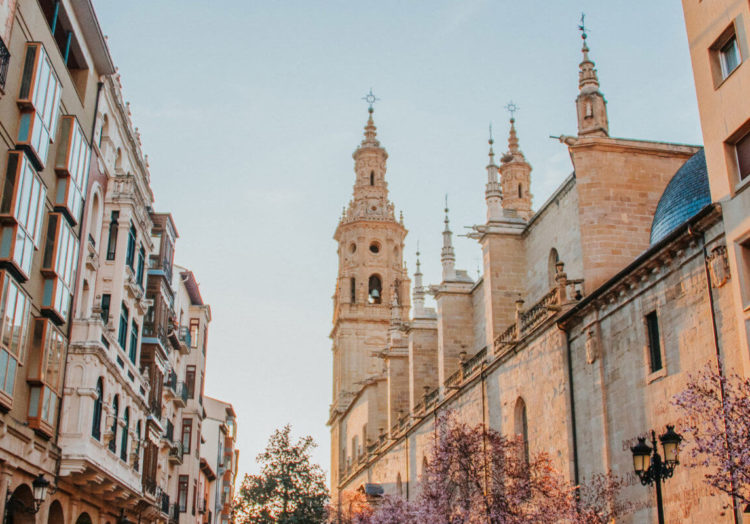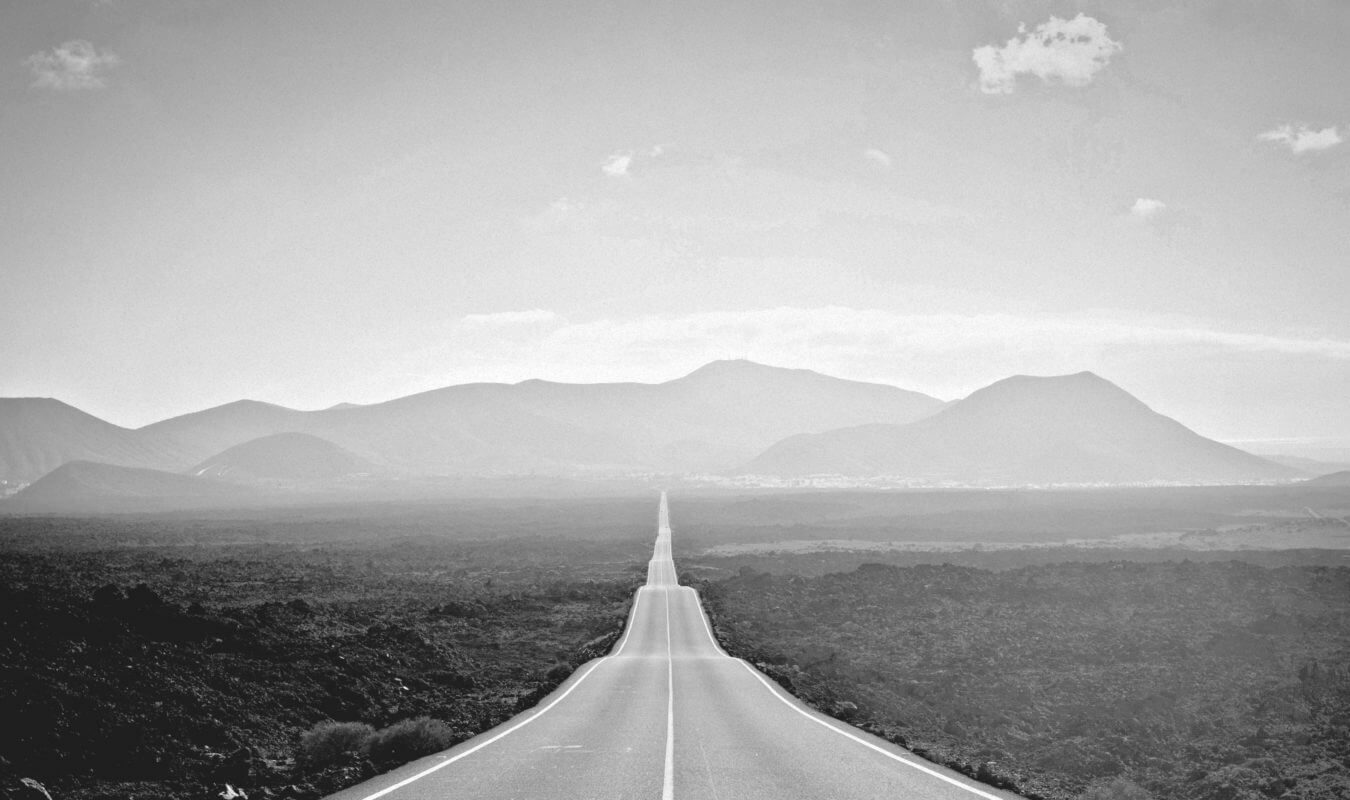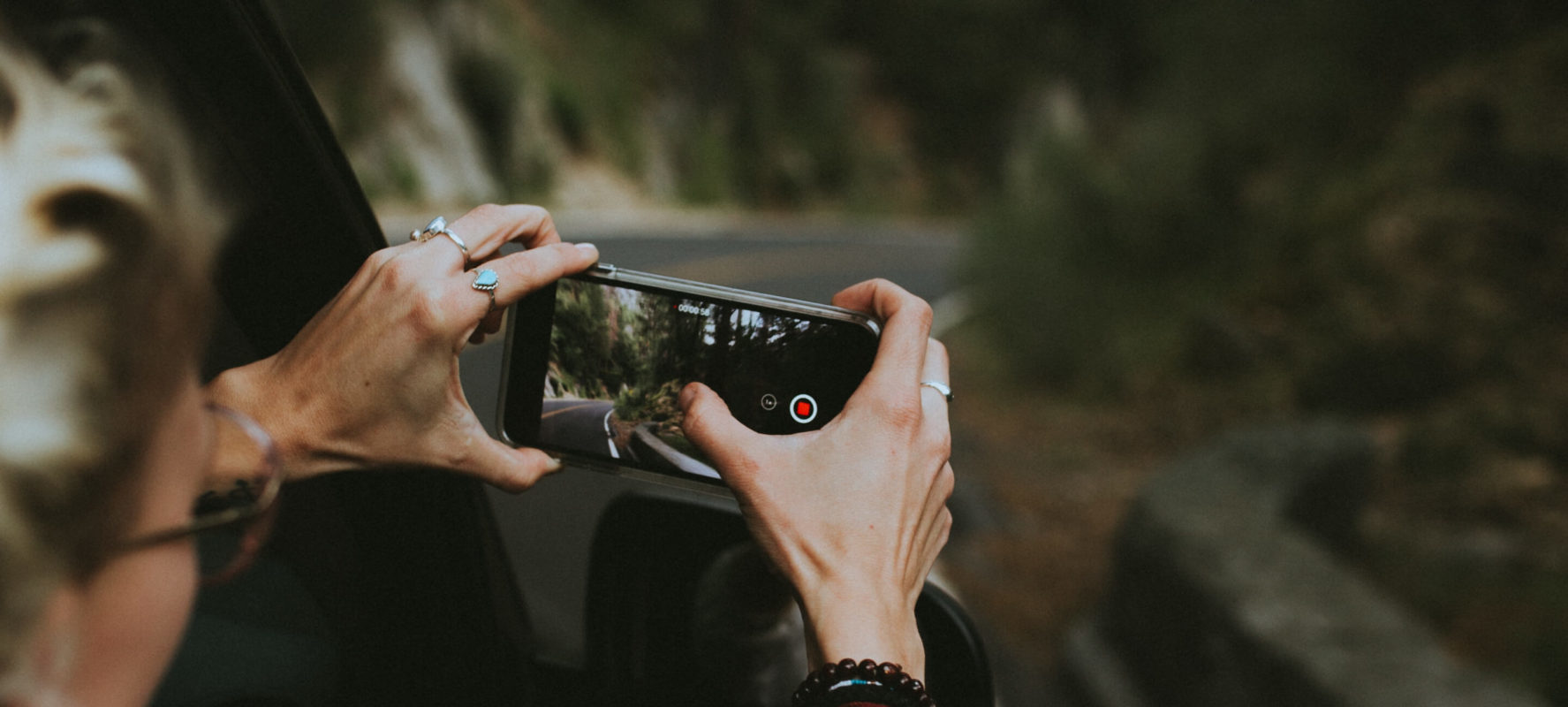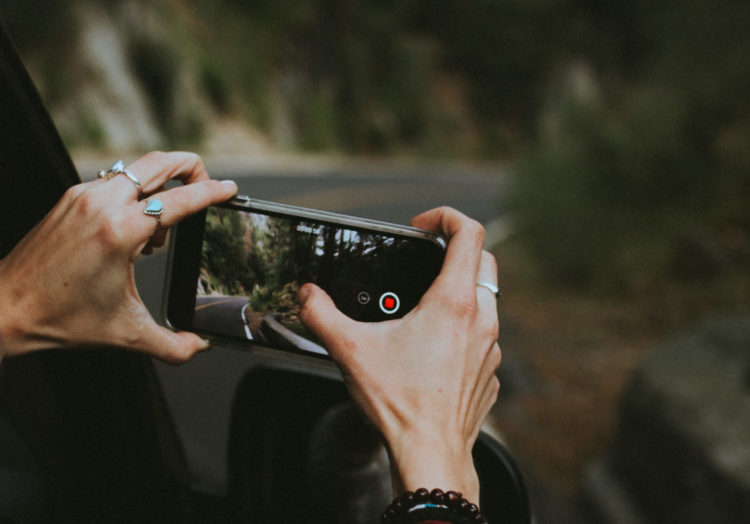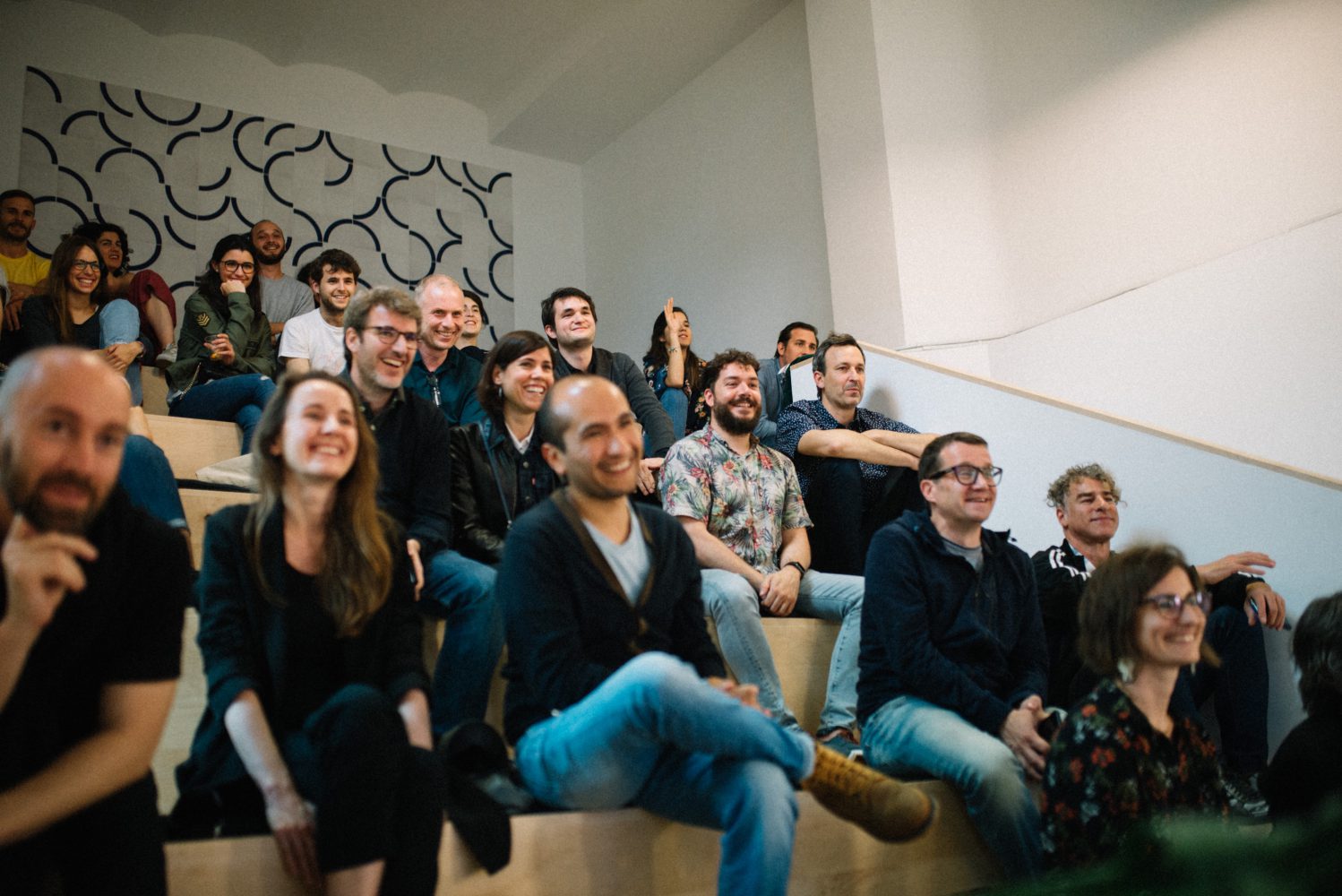By Cris Izquierdo
On our way to be a B Corp
Strategy | 2 min read

After two days at the B Corp Summit in Amsterdam, I gained the inspiration, the energy, and the motivation to become a corporate sustainability activist. Activist? Oh, that sounds uncomfortable.
Yes, that sounds like stepping out of the comfort zone.
But change is only possible when there’s friction. There’s no business on a dying planet, so we better embrace and deal with the change. A systemic and an individual change. A shift of mindset, from a short-term profit-focused one to a long-term balance that puts the environment, people, and profit on the same level.
Let’s not underestimate the importance of standing up, both as businesses and as individuals. This climate emergency requires courage, leadership, collaboration, trust and empowerment from all of us. We’re the last generation of business that can do something about it. What we have to do in the next years is monumental. And your customers are expecting that you do something about it.
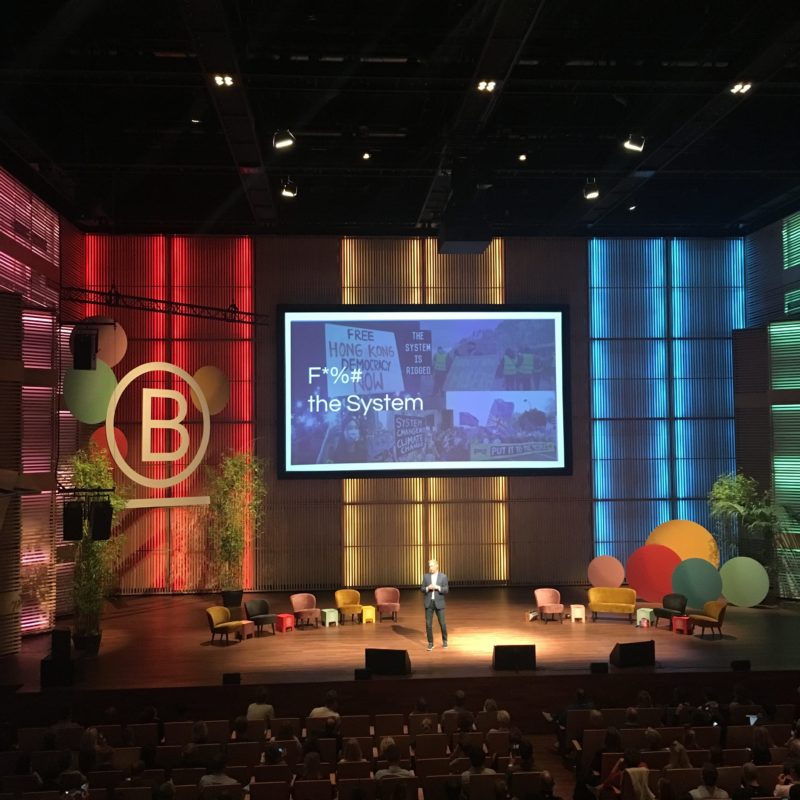
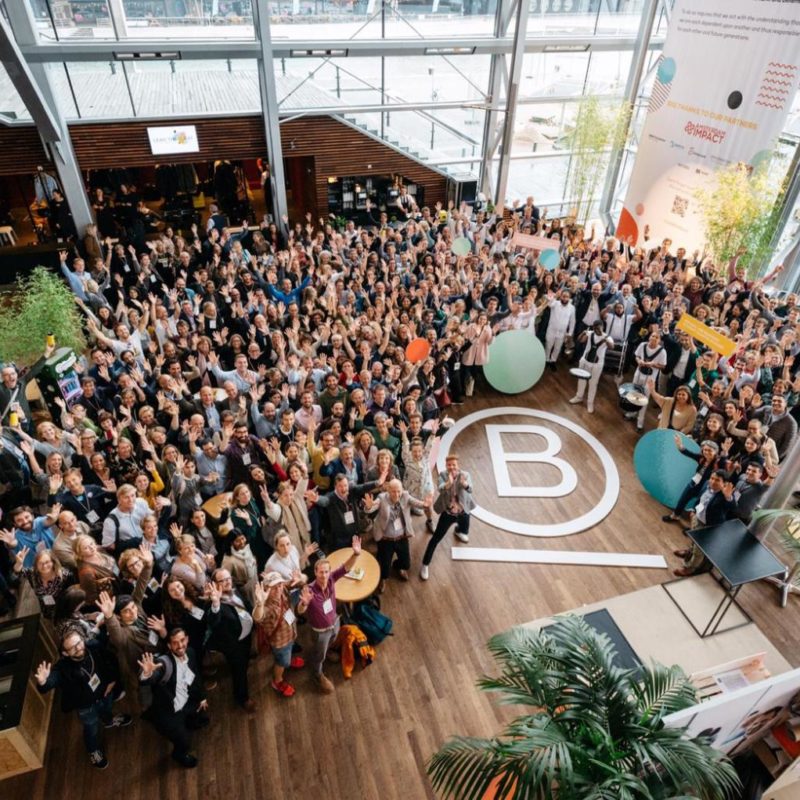
The B Corp certification is a great starting point for any business. No matter if it’s a small, medium company or a large corporation. It’s an inspiring ecosystem and community of game-changing brands that are doing an incredible job in balancing the triple bottom line of planet, people, and profit. B Corp community includes brands like Ecoalf, Tony’s, Goodwings, Ben&Jerry’s, Innocent Drinks, Patagonia, Fairphone, Veritas, Triodos Bank, HolaLuz, and so on.
A total of 3.000 B Corps worldwide united towards a common goal: to be the leading force of good. To move from an extractive “take-make-waste” business model to generative companies.
We all know that businesses are not perfect, and we will be making mistakes along the way. But as Jay Coen Gilbert, B Lab co-founder, mentioned in his final speech of the B Corp Summit, “we have to start walking and learn by doing.”
At Firma, we are committed to being part of the change, and we are focused on our goal of achieving B Corp Certification by early 2020.
We are business strategists, we are innovators, we are creatives, we are digital experts. We have the tools and the resources to be heard. To build local consciousness. To recruit more agents of change. To challenge businesses as usual. To inspire industries that can force the needed regulations.
Come join us on this. Things don’t just change. You have to make them change.
READING

Climate Neutral Certified
We’re proud to announce that this year we are once again Climate Neutral Certified! Over the last few years, we have implemented several actions that allowed us to start the path of becoming a more responsible and conscious business; Climate Neutral is one of the steps we're taking to accomplish this exciting goal.
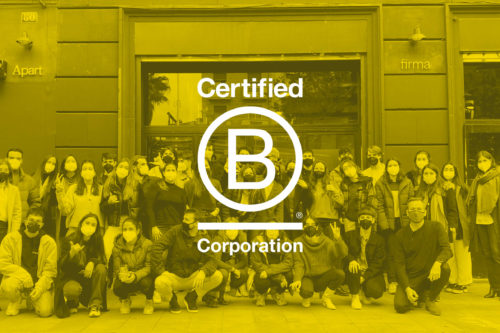
We are finally a B Corp certified company!
After one year of dedication, we are finally a B Corp certified company! It has been a transformational process in which we have learned a lot and worked harder to improve our standards as a company and as transformational agents.
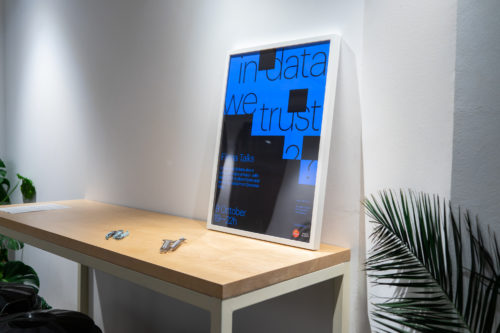
10 Things We Learned from Data
Should we be paying attention to the impact data and algorithms are having in our society?
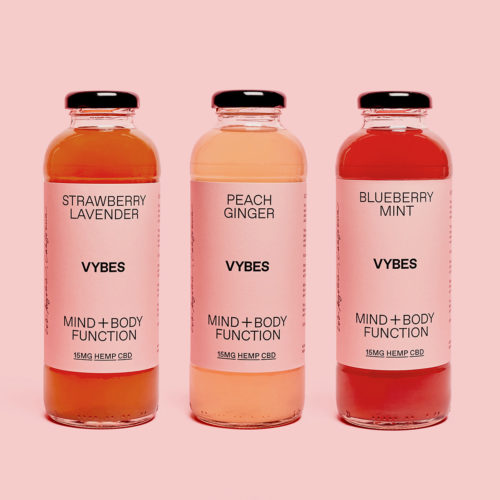
Uncovering CBD with Vybes founder Jonathan Eppers
We sat down with Vybes founder Jonathan Eppers to discuss the rise of the CBD industry in the US, how it's affecting branding and what's Vybes' take on the beverages category.
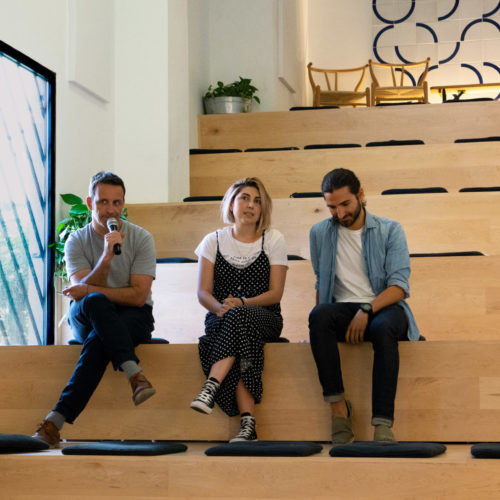
10 Things We Learned from YesFuture & Sustainn
On June 26, Firma Talks invited three experts in the field of circular design — YesFuture, Sustainn, and Go Zero Waste — to tackle one of today's biggest challenges, our waste. We sat down and listened to Olga Rodriguez from Yes Future, and Carlos León from Sustainn address different angles of cutting plastic and generating less waste.
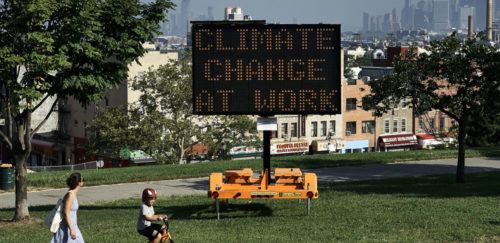
Eddie Would Go: Committing To A Greater Purpose
Companies can be a force for good. In fact, committing to a greater purpose is a growing demand among consumers. Through this article we explore some of the 1% For The Planet members who are taking a stand.
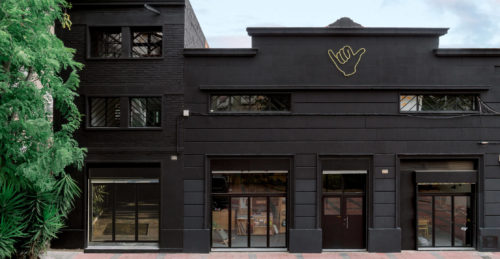
Apart: An Open Space for Innovation
Branding and innovation agency Firma, created Apart for pushing conversations, insights and ideas forward...

10 Things We Learned from Andreu Carulla & Curro Claret
“Upcycling has more to do with the value of the material”, he said. If the value of the material is higher than when it was a product, then it is effectively upcycled.”

Focus, focus and focus
During a trip to Logroño I discovered Bar Soriano, which made me realize that focusing on a single product allows you to work it to perfection.
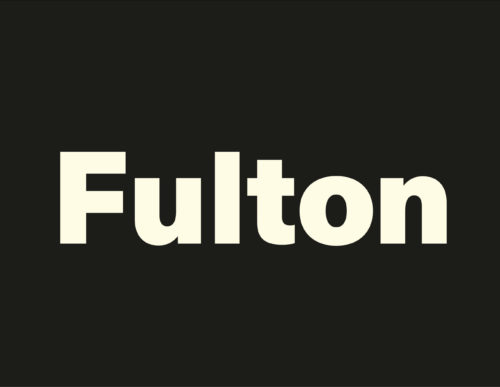
Fulton and the power of combining letters
Let’s start with this random name that came into my mind: Fulton. You have only read the name. Never heard of Fulton. But think about Fulton and let your brain start imagining.

When dopamine wakes you up, you’re hooked
With hundreds and hundreds of notifications that you just can’t avoid opening, the well-known FOMO (fear of missing out) comes over you

Storytelling can make or break a brand
We can all agree that everyone enjoys a good story; whether it’s telling it or listening to one…proof of it is the irrational online-streaming binge watching most of us have inexplicably given into at one time or another.
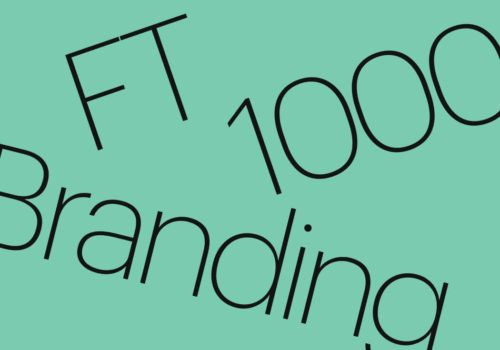
Firma at Financial Times FT1000 2018 Ranking
We are very proud to have been chosen by the Financial Times as one of the most innovative, fast growing companies in Europe for the 2018 edition of FT1000.

Let’s welcome what will come
We believe that combining innovation processes, business strategy and a creative perspective is the way to build successful brands.


